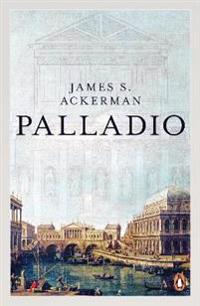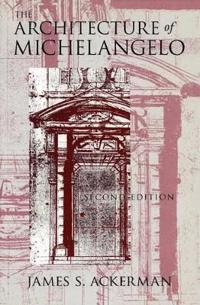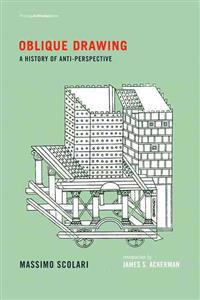Palladio (Storpocket)
avJames S. Ackerman, Phyllis Dearborn Massar
ISBN: 9780140135008 - UTGIVEN: 199107Palladio (1508-80) combined classical restraint with constant inventiveness. In this study, Professor Ackerman sets Palladio in the context of his age - the Humanist era of Michelangelo and Raphael, Titian and Veronese - and examines each of the villas, churches and palaces in turn and tries to pene[...]
The Architecture of Michelangelo (Häftad)
avJames S. Ackerman
ISBN: 9780226002408 - UTGIVEN: 198604In this widely acclaimed work, James Ackerman considers in detail the buildings designed by Michelangelo in Florence and Rome--including the Medici Chapel, the Farnese Palace, the Basilica of St. Peter, and the Capitoline Hill. He then turns to an examination of the artist's architectural drawings, [...]
Origins, Imitation, Conventions: Representation in the Visual Arts (Inbunden)
avJames S. Ackerman
ISBN: 9780262011860 - UTGIVEN: 2002-04-24Oblique Drawing (Pocket)
avMassimo Scolari, James S. (INT) Ackerman, Jenny Condie (TRN) Palandri
ISBN: 9780262527613 - UTGIVEN: 2015-01For more than half a century, Erwin Panofsky's Perspective as Symbolic Form has dominated studies of visual representation. Despite the hegemony of central projection, or perspective, other equally important methods of representation have much to tell us. Parallel projection can be found on classica[...]






